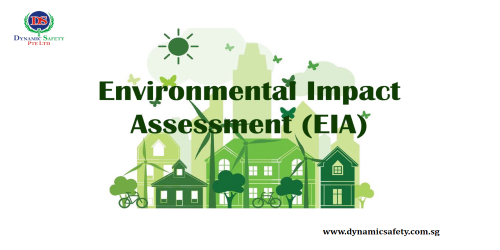



Blog
Environmental Impact Assessment

- Environmental impact assessment (EIA) is one of the main legislative tools established to micrify an anthropogenic impact on the environment.
- EIA can be defined as a process by which information about the environmental productions of a project is collected, both by the developer and from other sources, and taken into account by the related decision-making body before a decision is given on whether the development should go ante.
- The first stage involves the identification and collection of related information, which is called screening. During this step, the judgment is made on whether an EIA is required for the project. If an EIA is required, then the second stage begins.
- The second stage of EIA is called scoping identifies what constitutes related information to be identified and evaluated, with respect to key impacts of the proposed development. The results from scoping system are reported to the relevant decision-makers in an Environmental Impact Statement (EIS). The final stage comprises the review of the EIS and its adequacy as a basis for the deserving authority to make the decision on development conditions.

